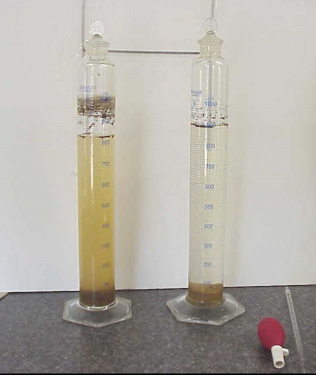


BIOGRAPHICAL SKETCH
After earning his doctorate degree in engineering from Utah State University in 1979, Dr. Fifield has worked continuously as a consultant and expert witness. Since 1982 when he started HydroDynamics Incorporated, he has been actively involved with drainage, sediment and erosion control, water rights and nonpoint pollution control. He has authored numerous papers, researched erosion control products, has authored sediment and erosion control manuals for designers and field manuals for inspectors and contractors, and provides expert witness services.
ABSTRACT
If a Sediment Containment System (SCS) is to be effective for capturing a design size particle by gravity, it must allow for the flow of water through the system and provide sufficient time for sediment deposition. Traditionally, attempts at this goal include specifying a capture volume of 252 cubic meters per hectare (3,600 cubic feet per acre) or capturing a design size particle (e.g., 0.02 mm in diameter) found in incoming runoff waters. Unfortunately, practicality usually results in development of a SCS that:
This paper presents equations and graphs that demonstrate how SCS parameters change when treatment of sediments and inflow waters by a polymer happens. By incorporating the results from laboratory analyses of representative contributing soils samples into equations found in Fifield (2004), an evaluation of vertical terminal velocity and acceleration conditions occurs. Upon developing and applying the new equations to various examples, it is possible to illustrate that when adding polymers to incoming runoff waters in a controlled manner, the net effectiveness for a SCS to remove sediment from runoff waters can approach 100%.
Initial assessment indicate that pond surface areas may be up to 94% smaller with polymer treated sediments when compared to non-treated systems and may need only about one-fourth of the flow path distances. Finally, the equations also provide a method to assess how nephelometric turbidity units (NTUs) will vary for discharge waters when the design of an SCS structure is not adequate. Tree Service
Key Words: Effectiveness; Sediment Control; Water Quality; Effluent Guidelines; Polymers